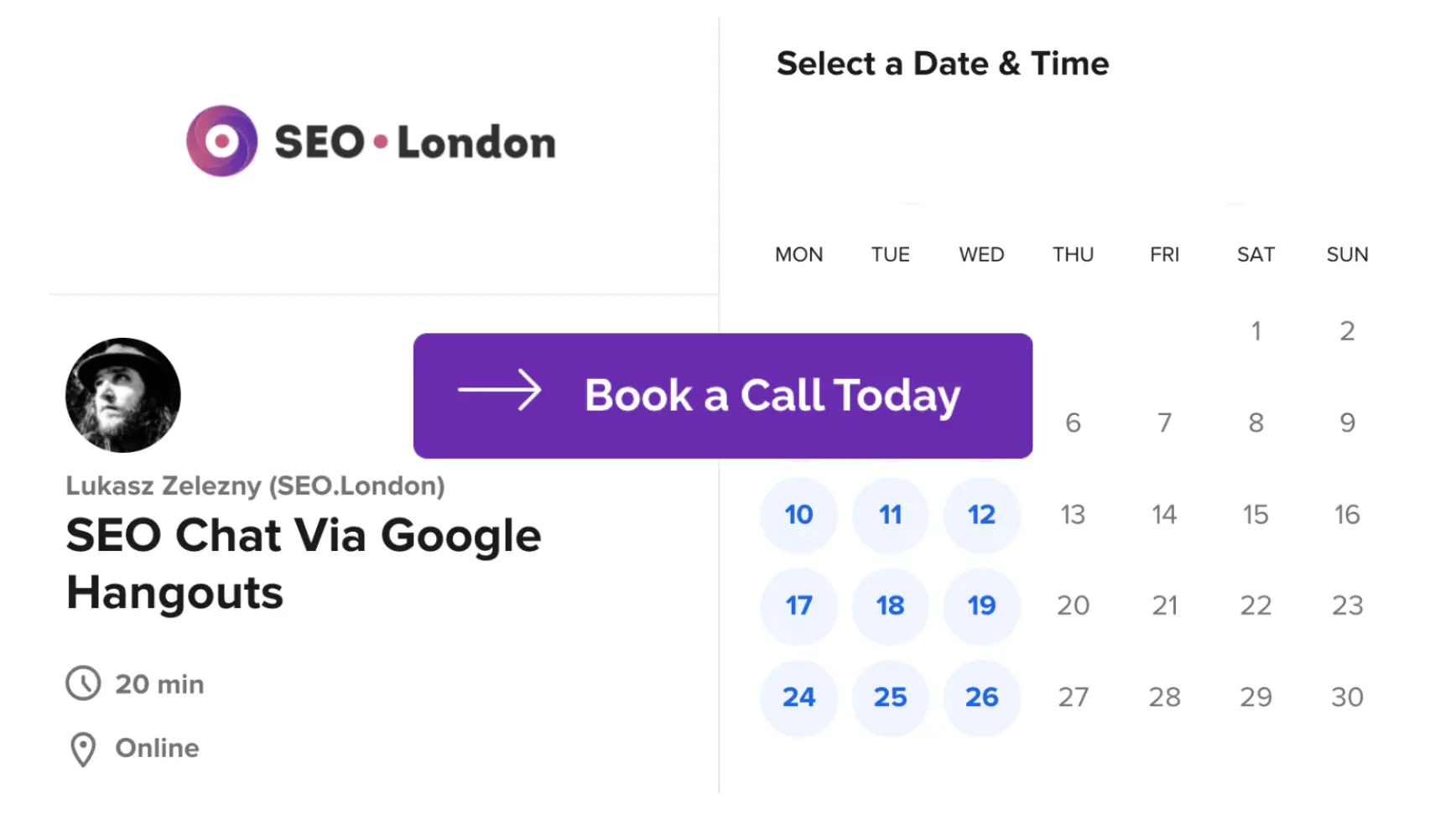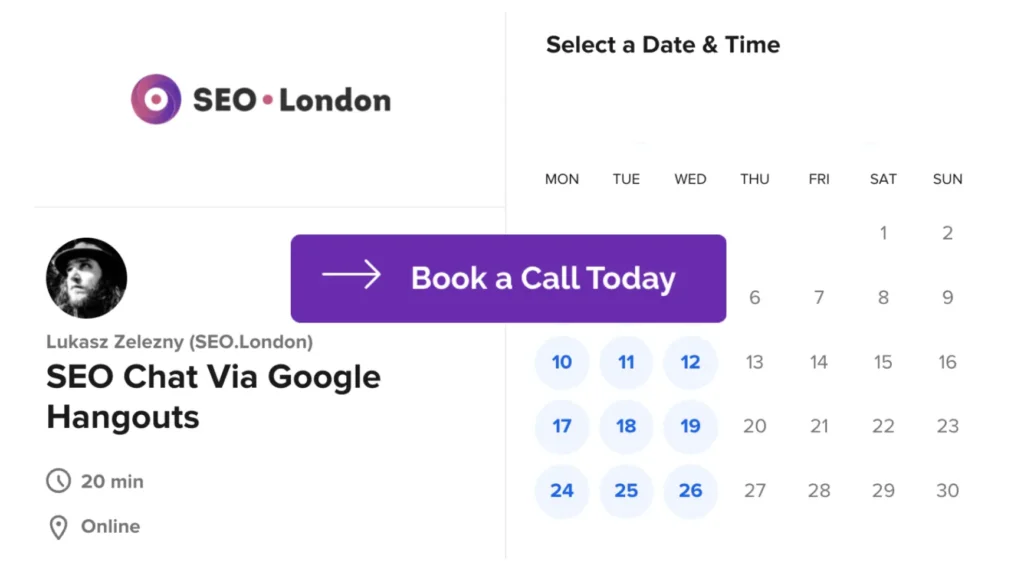What Are Sneaky Redirects and How Can They Affect Your Website’s Search Engine Rankings?
When using redirects on your website, you should be conscious of how search engines perceive them. Redirects are common on the internet. Also known as forwarding URLs, they are designed to automatically transfer visitors to a separate and different page. If a page has a redirect, visitors who attempt to access it will be redirected.
You can use redirects on your website, but you should avoid making them sneaky. Allowing sneaky redirects to go unnoticed may result in lower search engine rankings.
Increase your online presence with Lukasz Zelezny, an SEO Consultant with over 20 years experience — schedule a meeting now.

The Basics of Sneaky Redirects
Sneaky redirects are characterized by their deceptive nature. They deceive search engine crawlers into thinking that a particular page is the destination when a different page is the true destination. Like traditional links, redirects feature a URL for the destination page. Search engine crawlers will follow this URL to determine where the redirect takes visitors.
A redirect is considered sneaky if it takes search engine crawlers and visitors to different pages. Visitors will see one page after being redirected, whereas search engine crawlers will see a different page.
Sneaky vs Legitimate Redirects
Not all redirects are sneaky. There are legitimate redirects that don’t deceive search engines crawlers. Legitimate redirects send search engine crawlers and visitors to the same page. Sneaky redirects, on the other hand, send them different pages.
Sneaky redirects typically involve cloaking. There’s Internet Protocol (IP)-based and user agent-based cloaking. IP-based cloaking involves sending users to different pages based on their IP address. User agent-based cloaking involves sending users to different pages based on their user agent. Regardless, IP-based and user agent-based cloaking may result in search engine crawlers and visitors seeing different pages after being redirected.
Redirects that take mobile visitors to an entirely different page may be considered sneaky as well. Google now uses a mobile-first approach to crawling and indexing pages. With a mobile-only redirect, Google will see the same page as mobile visitors. It won’t, however, see the same page as desktop visitors.
Legitimate redirects are those that take search engine crawlers and visitors to the same page. Whether a visitor is using a mobile smartphone or a desktop computer, he or she will see the same page as search engine crawlers. Only legitimate redirects are safe to use.
Get More Customers Online with Lukasz Zelezny, an SEO Consultant with over 20 years experience — schedule a meeting now.

How Sneaky Redirects Affect Search Engine Rankings
Sneaky redirects can affect your website’s search engine rankings in several ways. Search engines rank pages based on what their crawlers can see. They assume, of course, that visitors see the same page after following a link or being redirected. When search engine crawlers are redirected to a page, they assume that visitors will see the same page.
With a sneaky redirect, the destination page is different for visitors. Search engines may still rank it, but they won’t rank the true destination page to which visitors are redirected. If search engine crawlers see a page with little or no content, or if they see a page with irrelevant content, they may rank it low for the page’s target keywords.
What to ask an SEO Consultant
Penalties are possible with sneaky redirects. If search engines catch your website using sneaky redirects, they may penalize it. The use of sneaky redirects is grounds for a manual penalty by Google. Google has manual penalties that it imposes on websites for various types of violations. Among these violations is the use of sneaky redirects.
Google has two types of manual penalties for sneaky redirects. One of them is designed for cloaking-based sneaky redirects, whereas the other manual penalty is designed for mobile-only sneaky redirects. If Google identifies sneaky redirects on your website, it may impose one of these manual penalties on it.
How to Fix Sneaky Redirects
To prevent them from harming your website’s search engine rankings, you’ll need to fix sneaky redirects. All redirects on your website should take search engine crawlers and visitors to the same page. If a redirect doesn’t have a universal destination page for both types of users, you should replace it with a legitimate redirect.
How do you know what page search engine crawlers see after being redirected exactly? You can use a URL inspection tool. Google offers a URL inspection tool in its Search Console portal, and you can find Bing’s URL inspection tool in its Webmaster Tools portal. Entering the URL of a redirect’s destination page in these tools will allow you to view the page from the perspective of search engine crawlers.
You can then view the page from the perspective of visitors by entering the same URL in your web browser. If the page is different than the page displayed in the URL inspection tool, you should take down the redirect. You can either permanently delete the redirect, or you can replace it with a plain and legitimate redirect that takes search engines and visitors to the same page.
Fixing sneaky redirects that caused a manual penalty will require an extra step. After replacing all sneaky redirects with legitimate redirects, you’ll have to request a review in Search Console. Manual penalties are exclusive to Google. If you’ve received a manual penalty for sneaky redirects, your website will continue to suffer from low organic rankings on Google until you’ve fixed them. Even then, Google will only reinstate your website’s rankings after reviewing it.
Google won’t review your website automatically. Rather, you’ll have to request a review in Search Console. Manual penalties, as well as the option to request reviews, are found in the “Manual actions” section of Search Console. Pull up all sneaky redirect manual penalties in this section and select the option to request a review. It may take several weeks, but once Google has reviewed your website and determined that it no longer has any sneaky redirects, Google will lift the manual penalties.
Don’t let sneaky redirects suppress your website’s search engine rankings. Even if you created them by accident, you should remove and replace them with legitimate redirects. Once fixed, your website will be able to climb the organic search results without being penalized.
 Published in: February 2022
Published in: February 2022
Last Updated in 2022-12-28T09:47:51+00:00 by Lukasz Zelezny




